Nanoparticle Therapy – An Emerging Cancer Treatment
5 Min Read
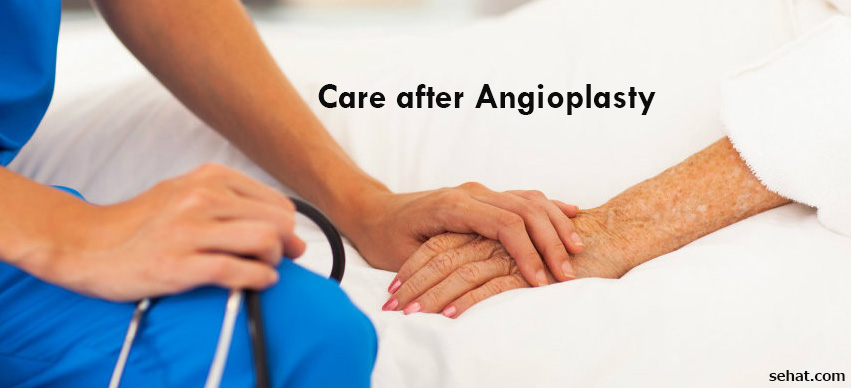
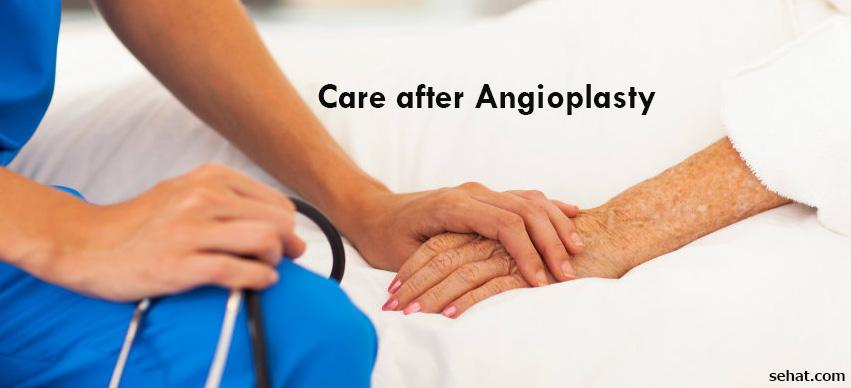
With increasing stress and hectic schedules of life, it is quite hard to spare time to care about your body. These days, heart problems have become very common. However, it is not always necessary to get a heart surgery as a treatment. In many cases, heart disease treatment can be achieved without surgery.
Angioplasty is a non-surgical procedure that is used to open blocked arteries of the heart. During an angioplasty, the doctor inserts a small balloon in your narrowed artery using a catheter that is placed in an artery, usually in the groin. Then the doctor inflates the balloon to widen the artery followed by inserting a small metal tube, called angioplasty stent, to keep the artery open.
Some stents are bare metal while others might be covered with a synthetic fabric. Yet others are coated with medications to keep your artery open. These are known as drug-elating stents.
Irrespective of the type of angioplasty, there are certain precautions after angioplasty required to stay healthy after the procedure. You need great care after angioplasty to avoid any serious consequences. These lifestyle changes include dietary changes as well as a change in exercise routine for better heart health.
Some of the most important and helpful lifestyle changes are:

If you were into smoking before angioplasty, quit it as the first thing after getting an angioplasty stent inserted.
Be conscious about your cholesterol levels. Stay in regular touch with your doctor to check if these levels are just right.
Many people think that they should avoid exercise after angioplasty to avoid extra stress on the heart. Actually, it is true the other way round. Regular and proper physical activity strengthens the heart muscles, thus reducing the risk of heart disease.

If you wish to start with exercise the way you used to do before the procedure, it is advised to consult your doctor before making any plans. You will need to start with mild, non-strenuous exercises, like simple yoga exercises. A demanding exercise procedure will put unnecessary strain on your weakened circulatory system.
Some good tips are:
If you are overweight, speak to your doctor about options to reduce weight.
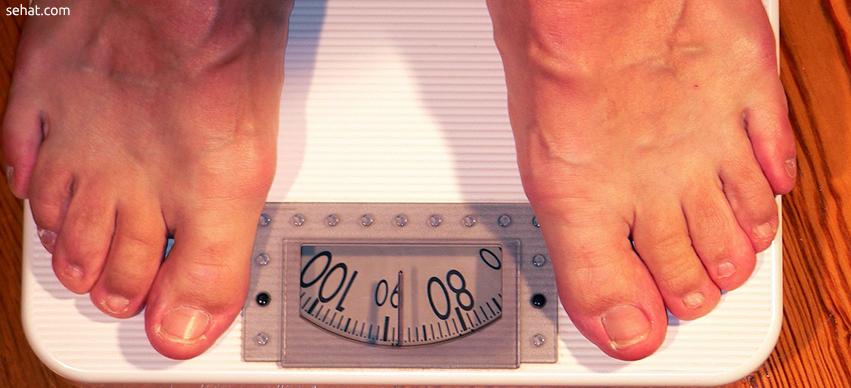
Avoiding stress is easier said than done. However, try to find ways to relax yourself for quicker angioplasty recovery. Speak to your doctor about stress reduction techniques.
Make sure to eat a healthy diet after angioplasty, with limited amounts of saturated fat, salt, and trans-fat. It is better to include various fruits and veggies, lean meats, whole grains, and low-fat dairy products in your diet.
To protect your heart and arteries from further problems, follow a low fat diet with a lesser count of cholesterol and saturated fat. It is recommended to make this lifestyle a permanent lifestyle change. Although some fat is necessary for the body, it is wise to keep the total fat under 30% of your total calories and saturated fat should be under 7%. Go for low-fat options, like low-fat dairy and lean meats.
Not all fats are unhealthy. Make a choice for healthy (unsaturated) fats and limit the overall intake of fat. Fish is a great choice to obtain healthy fats, like omega-3 fatty acids.
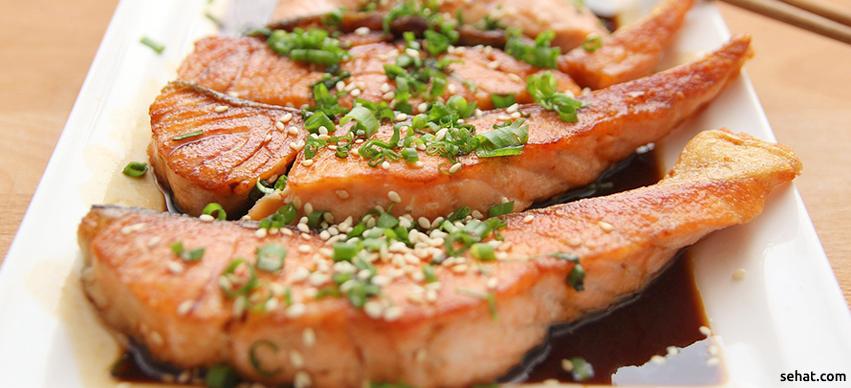
Besides a low-fat diet after angioplasty, it is also recommended to have a low-sodium diet. This is because sodium leads to fluid retention, which can build up around your heart and lead to heart failure. The daily dietary recommendation for sodium ranges from 1500 to 2300 mg. Avoid processed foods. Check labels for sodium content. Anything that contains less than 5% sodium content is considered low in sodium. Also, you can limit sodium intake by cooking with fresh ingredients.
Tea is the best option when you want to have something soothing. However, go for flavonoid rich tea as it lowers the blood pressure.
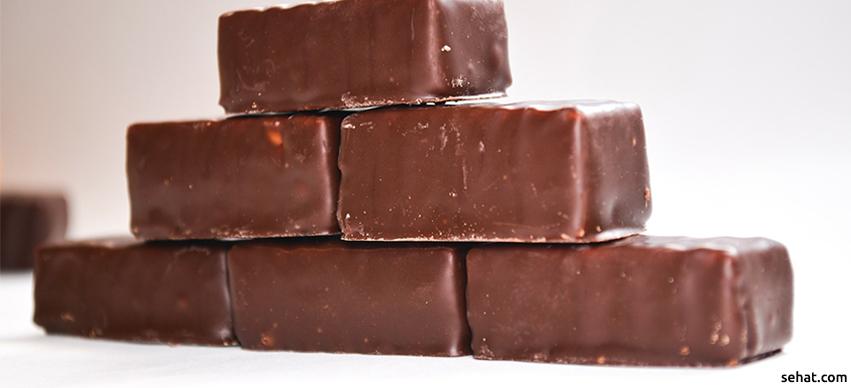
When feel the craving for something sweet, there is no better option than a nibble of dark chocolate. It is rich in Flavonoids that lower the blood pressure while simultaneously reducing inflammation in people with an angioplasty stent.

Fresh fruits and veggies are an amazing source of potassium, a crucial mineral to lessen the effects of sodium and help lower blood pressure. Some good ones include apples, pears, leafy greens, tomatoes, carrots, and bell peppers are all loaded with vitamins and carotenoids, an important antioxidant to boost overall health.
Beans are, undoubtedly, good for heart health. They work on lowering blood pressure, thus reducing the risk of heart attack. Furthermore, almonds, walnuts, and other nuts and seeds are also good for heart health.
Think of white bread and white rice. Processing can lead to removal of many healthy nutrients contained by the grains.
The unhealthy fats can reduce the pace of angioplasty recovery.Watch the intake of saturated fats through butter, cream, fatty red meat, cheese, and poultry skin. Trans-fats are in high quantities in fried and packaged foods. These foods contribute to high levels of unhealthy cholesterol.
It is commonly said that you should skip sodas as they are loaded with sugar. Well, check labels on other drinks also. It is better to stay away from jelly, candies, and desserts for they are high in sugar.
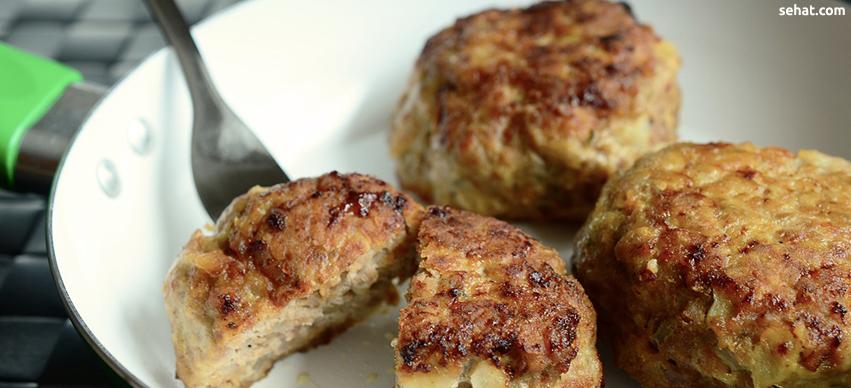
This list includes deli meats and hot dogs. They are loaded with sodium, nitrates, and similar preservatives that can harm your heart. So, better remove them from your diet after angioplasty.
Wrapping up, regular exercise and heart healthy lifestyle changes help to live longer in spite of a weakened heart. So, just watch what your diet after angioplasty and have a healthy routine for exercise after angioplasty as soon as your doctor allows.